Talas Region. Karaburinsky Ayil District, Kyzyl-Adyr Village. Destroyed Warehouse of Obsolete Pesticides
Coordinates: 42.609079, 71.571472
In total, 3 sites were identified in the Talas region from previous inventories, and only one site had clear coordinates.
Three sites were surveyed, and additional sites were discovered with the involvement of local government leaders and territorial specialists from the State Inspectorate for Environmental and Technical Safety and the Department of Chemical Safety. One point was found on the territory of former agricultural chemistry warehouses (no traces of hazardous waste were found, a sharp smell is present). Additionally, a mixing pit for pesticides was identified (no traces of hazardous waste were found, no smell), and another point was located near the settlement of Kara-Bura (completely destroyed, no traces of hazardous waste were found, no smell). The warehouse that had clear coordinates contained fewer pesticides compared to previous data. The area is completely ownerless and has parts of destroyed buildings. A large portion of the hazardous waste was lost due to atmospheric precipitation (during the destruction of warehouse roofs). There is particular concern about direct runoff into the Talas River.
The total amount of hazardous waste requiring repackaging and storage is over 2 cubic meters. In addition, there is a large amount of contaminated dust/soil/construction debris (the exact amount is currently unknown, presumably over 10 cubic meters).
As of today, despite the abundance of previously implemented projects for the inventory of outdated pesticides, contrary to national legislation:
• There are no laboratory data bases on the composition of waste;
• There are no Waste Passports;
• Regular monitoring of the condition of outdated pesticide waste is not conducted (only within the framework of international projects);
• There is no executive authority responsible for the storage and disposal of waste;
• Insufficient laboratory capacity to conduct analyses on outdated pesticides, including POPs;
• There is no information on the composition of outdated pesticides in the supervisory authorities;
• Additional research is required on the owners of some warehouses/land where points with outdated pesticides are located.
• Training for local government employees, supervisory, and controlling authorities is necessary;
• It is necessary to tighten responsibility for improper handling of hazardous waste.
Conclusions
In accordance with the Stockholm Convention on POPs (Article 6 (d) (ii)), waste containing POPs must be destroyed. To find environmentally acceptable methods for the disposal of outdated pesticides, accurate waste composition is necessary. This requires addressing the issue of equipping laboratories, training personnel, and obtaining accreditation in accordance with GOST ISO/IEC 17025-2019.
In addition, it is necessary to continuously monitor the condition of pollution points with outdated pesticides and to repack and place the waste in a temporary storage facility that meets national legislation requirements. Repackaging, construction of a temporary storage facility, and disposal must be accompanied by an Environmental Impact Assessment (EIA) procedure and obtaining a positive conclusion from the state environmental expertise. All waste must have Waste Passports presented by the owner, and permits for the storage of hazardous waste must be obtained.
The process of storage and disposal of hazardous waste must be carried out under the control of environmental supervisory authorities.
To this end, it is necessary to initiate the process of maximum legalization of the data obtained from the inventory.
Previous inventories did not serve as a basis for creating a monitoring system for the management of outdated pesticides. As a result, a large volume of uncontrolled hazardous waste has become a threat to the environment, life, and health of the population living near the sites of outdated pesticides.
Full report on the inventory of outdated pesticides (OP) in Chuy, Talas, Naryn, Issyk-Kul, Jalal-Abad, Osh, and Batken regions
A destroyed warehouse of outdated pesticides, a sharp smell is present, possible residues in the soil
In total, 3 sites were identified in the Talas region from previous inventories, and only one site had clear coordinates.
Three sites were surveyed, and additional sites were discovered with the involvement of local government leaders and territorial specialists from the State Inspectorate for Environmental and Technical Safety and the Department of Chemical Safety. One point was found on the territory of former agricultural chemistry warehouses (no traces of hazardous waste were found, a sharp smell is present). Additionally, a mixing pit for pesticides was identified (no traces of hazardous waste were found, no smell), and another point was located near the settlement of Kara-Bura (completely destroyed, no traces of hazardous waste were found, no smell). The warehouse that had clear coordinates contained fewer pesticides compared to previous data. The area is completely ownerless and has parts of destroyed buildings. A large portion of the hazardous waste was lost due to atmospheric precipitation (during the destruction of warehouse roofs). There is particular concern about direct runoff into the Talas River.
The total amount of hazardous waste requiring repackaging and storage is over 2 cubic meters. In addition, there is a large amount of contaminated dust/soil/construction debris (the exact amount is currently unknown, presumably over 10 cubic meters).
As of today, despite the abundance of previously implemented projects for the inventory of outdated pesticides, contrary to national legislation:
• There are no laboratory data bases on the composition of waste;
• There are no Waste Passports;
• Regular monitoring of the condition of outdated pesticide waste is not conducted (only within the framework of international projects);
• There is no executive authority responsible for the storage and disposal of waste;
• Insufficient laboratory capacity to conduct analyses on outdated pesticides, including POPs;
• There is no information on the composition of outdated pesticides in the supervisory authorities;
• Additional research is required on the owners of some warehouses/land where points with outdated pesticides are located.
• Training for local government employees, supervisory, and controlling authorities is necessary;
• It is necessary to tighten responsibility for improper handling of hazardous waste.
Conclusions
In accordance with the Stockholm Convention on POPs (Article 6 (d) (ii)), waste containing POPs must be destroyed. To find environmentally acceptable methods for the disposal of outdated pesticides, accurate waste composition is necessary. This requires addressing the issue of equipping laboratories, training personnel, and obtaining accreditation in accordance with GOST ISO/IEC 17025-2019.
In addition, it is necessary to continuously monitor the condition of pollution points with outdated pesticides and to repack and place the waste in a temporary storage facility that meets national legislation requirements. Repackaging, construction of a temporary storage facility, and disposal must be accompanied by an Environmental Impact Assessment (EIA) procedure and obtaining a positive conclusion from the state environmental expertise. All waste must have Waste Passports presented by the owner, and permits for the storage of hazardous waste must be obtained.
The process of storage and disposal of hazardous waste must be carried out under the control of environmental supervisory authorities.
To this end, it is necessary to initiate the process of maximum legalization of the data obtained from the inventory.
Previous inventories did not serve as a basis for creating a monitoring system for the management of outdated pesticides. As a result, a large volume of uncontrolled hazardous waste has become a threat to the environment, life, and health of the population living near the sites of outdated pesticides.
Full report on the inventory of outdated pesticides (OP) in Chuy, Talas, Naryn, Issyk-Kul, Jalal-Abad, Osh, and Batken regions


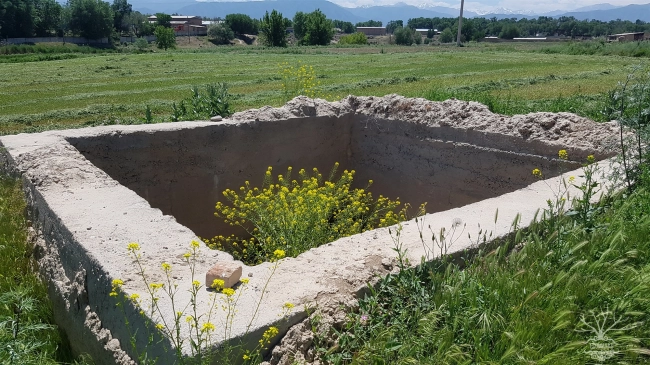
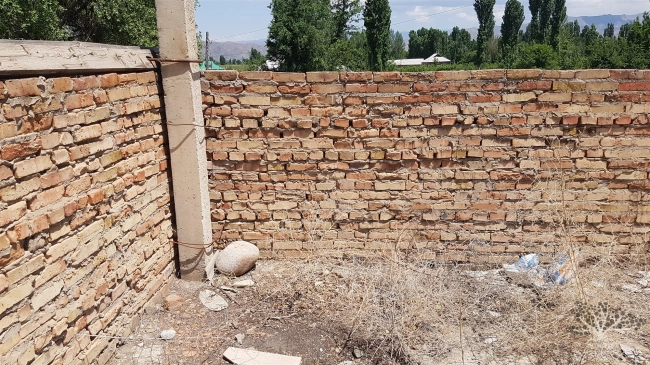
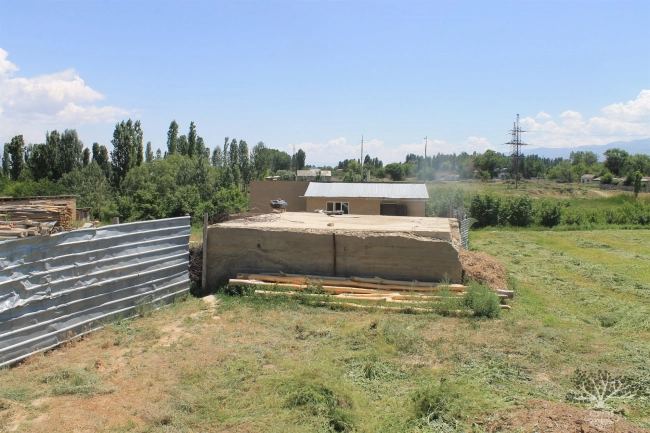
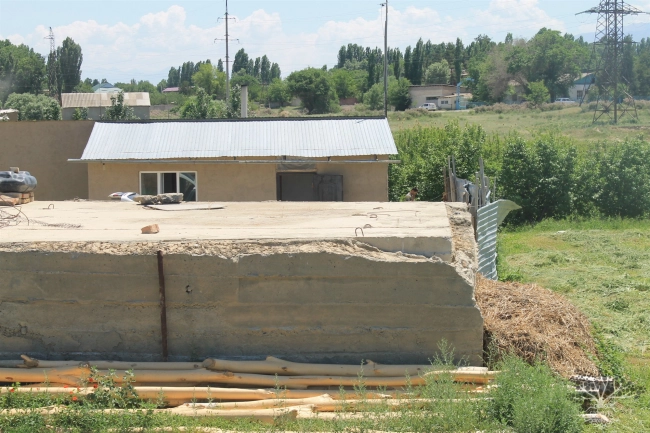

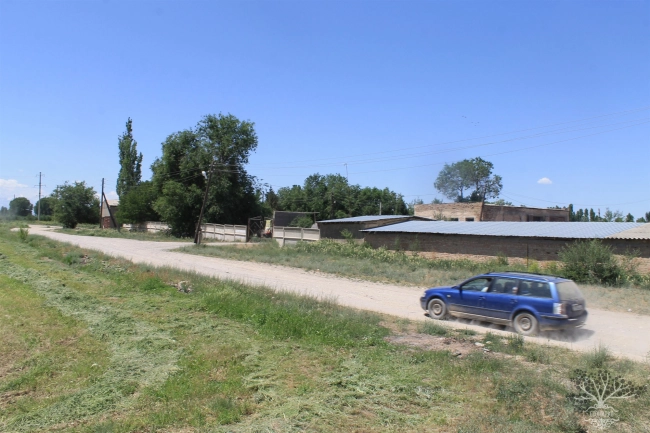

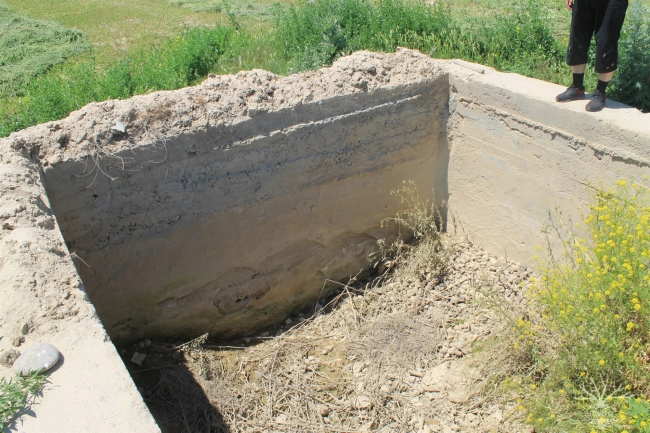
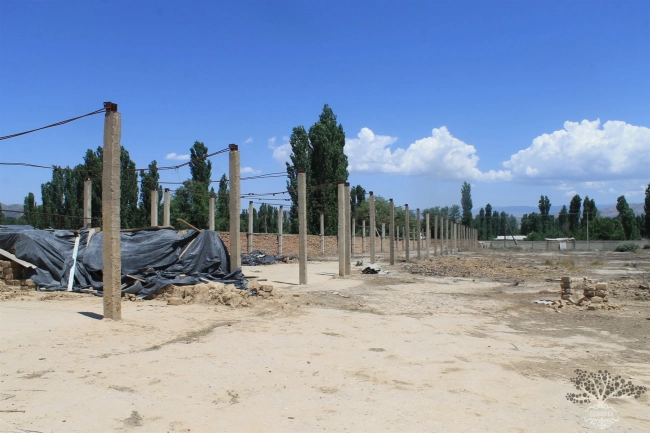

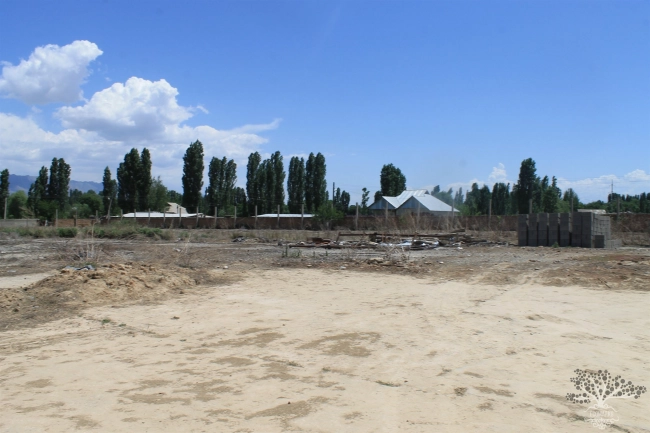
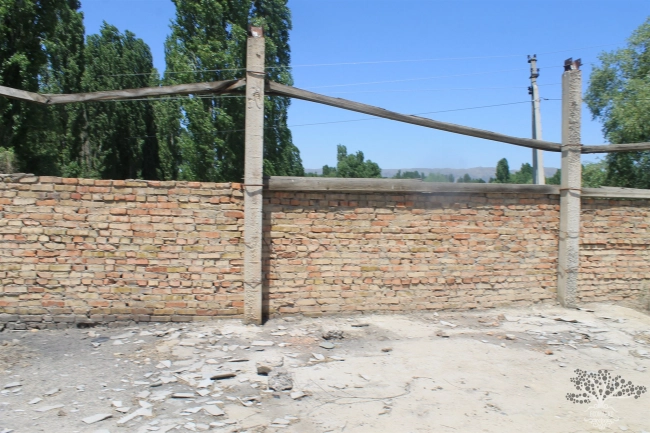
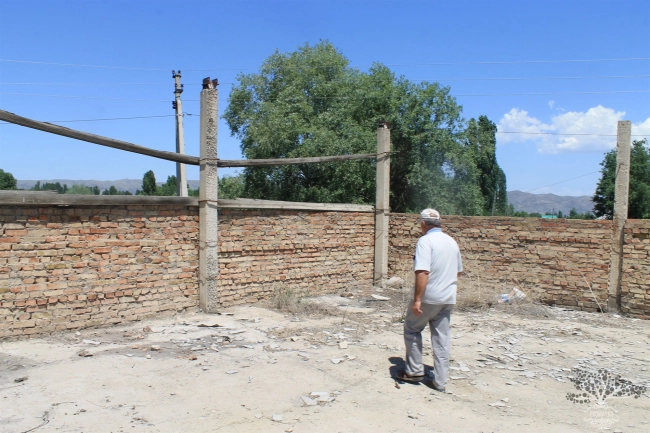
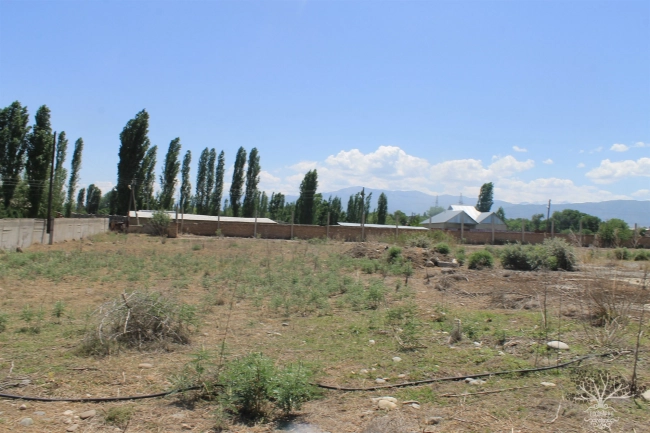
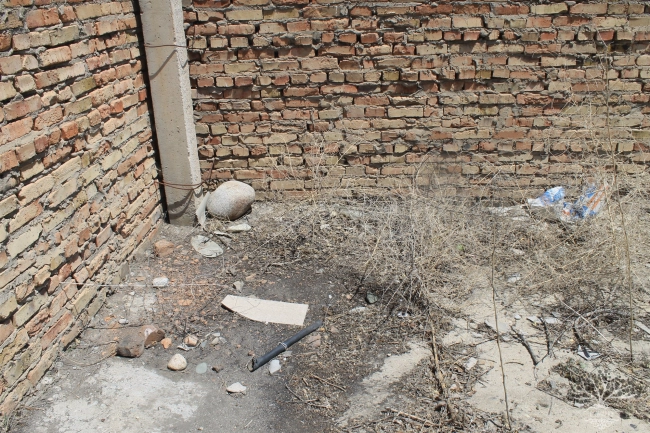
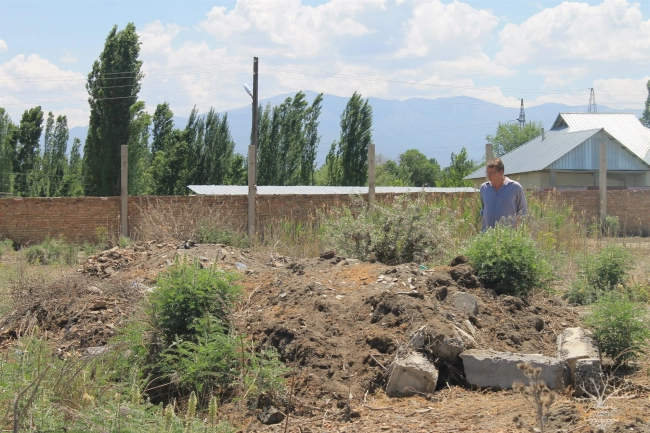
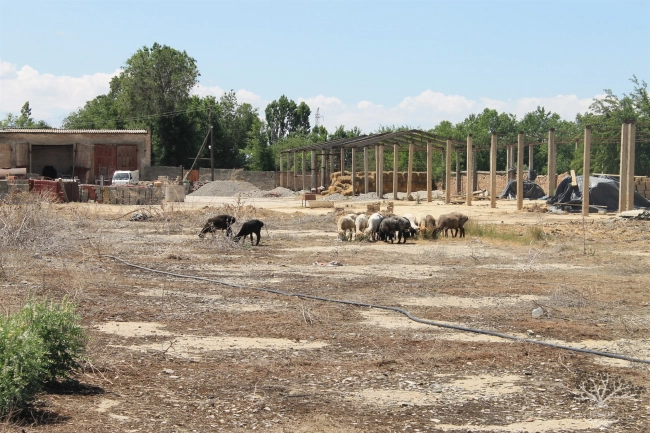
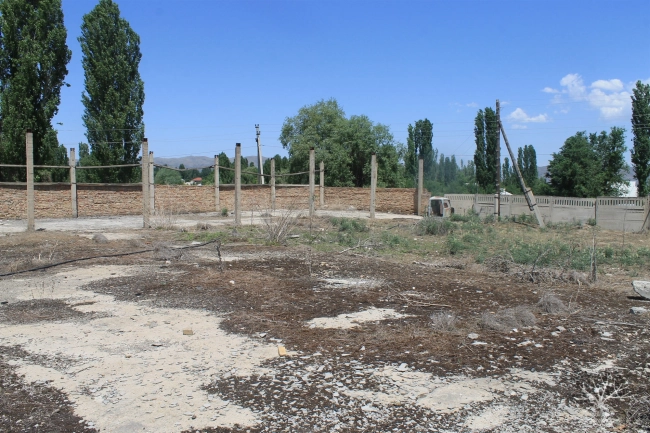


















Attention: Information based on submitted complaints